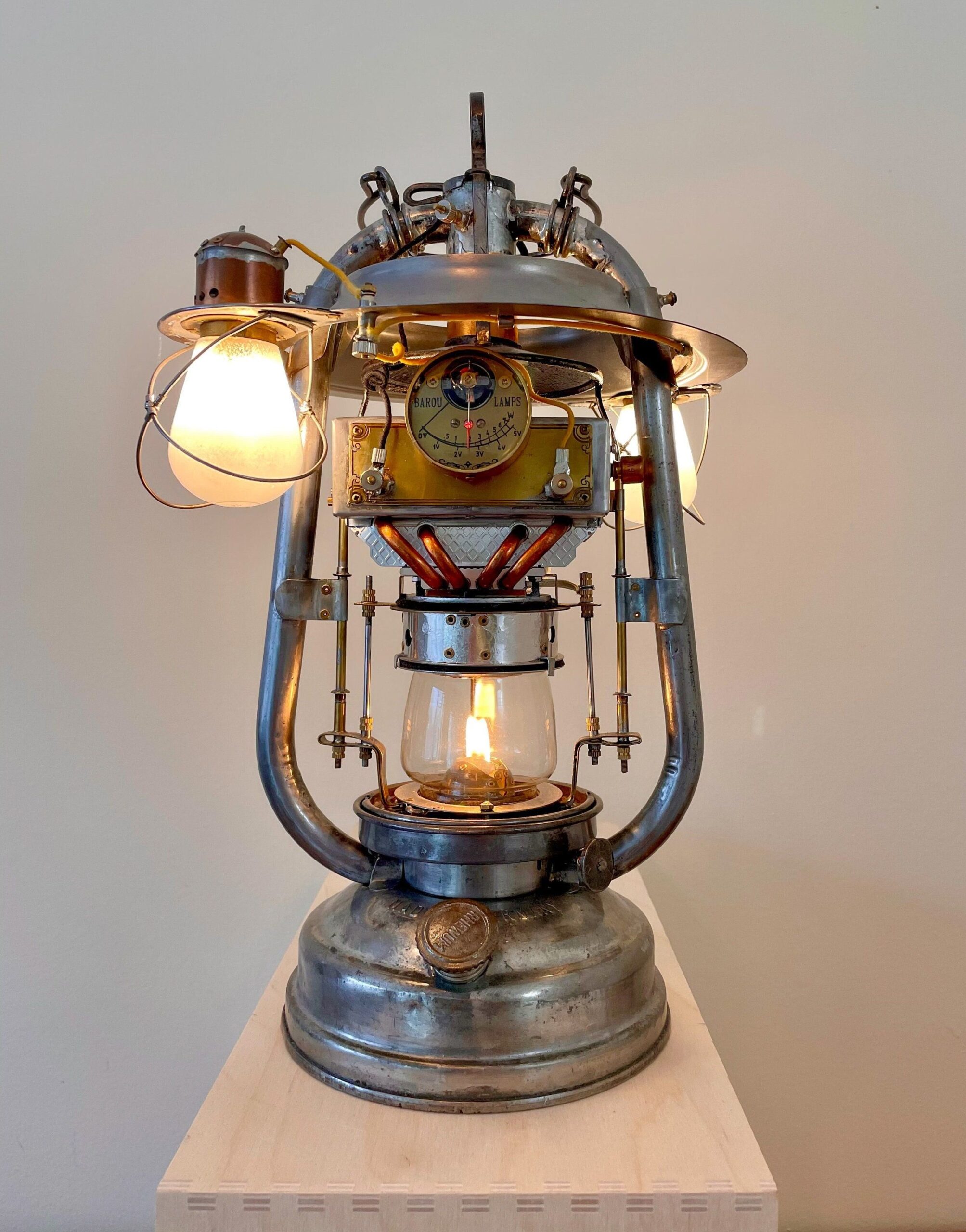
Electric lighting has revolutionized the way we illuminate our homes, streets, and workplaces. This incredible invention has transformed our lives, making it possible to work, study, and enjoy our evenings well after the sun has set.
Before the advent of electric lighting, people relied on candles, oil lamps, and gas lamps to light up their surroundings. These sources of light were not only dim and flickering but also posed a fire hazard. However, with the introduction of electric lighting in the late 19th century, all of that changed.
The first electric light was demonstrated by Sir Humphry Davy in 1802, but it wasn’t until the late 1870s that Thomas Edison successfully developed the first practical incandescent light bulb. This groundbreaking invention paved the way for a new era of bright, efficient, and safe lighting.
Electric lighting has come a long way since Edison’s time. Today, we have a wide variety of electric lighting options to choose from, including incandescent bulbs, fluorescent lamps, and light-emitting diodes (LEDs). Each type of light bulb has its own unique features and benefits, allowing us to customize our lighting to suit our needs and preferences.
One of the biggest advantages of electric lighting is its energy efficiency. Compared to traditional lighting sources like incandescent bulbs, LED lights consume significantly less energy, helping to reduce electricity bills and lower our carbon footprint. LED lights also have a much longer lifespan than incandescent bulbs, saving us money on replacement costs and reducing waste.
Furthermore, electric lighting offers a level of control and flexibility that was unimaginable with older lighting technologies. With the use of dimmer switches, timers, and programmable controllers, we can adjust the brightness and color of our lights to create the perfect ambiance for any occasion.
Electric lighting has also had a profound impact on public safety. Well-lit streets, buildings, and public spaces not only deter crime but also make it easier for people to navigate their surroundings at night. In addition, electric lighting has improved working conditions in factories, offices, and other workplaces, enabling employees to work efficiently and safely regardless of the time of day.
In conclusion, electric lighting has transformed the way we illuminate our world, offering us bright, efficient, and versatile lighting solutions that enhance our lives in countless ways. As technology continues to advance, we can expect even more exciting developments in the field of electric lighting, further improving our quality of life and sustainability.
 Decoration Ideas
Decoration Ideas





